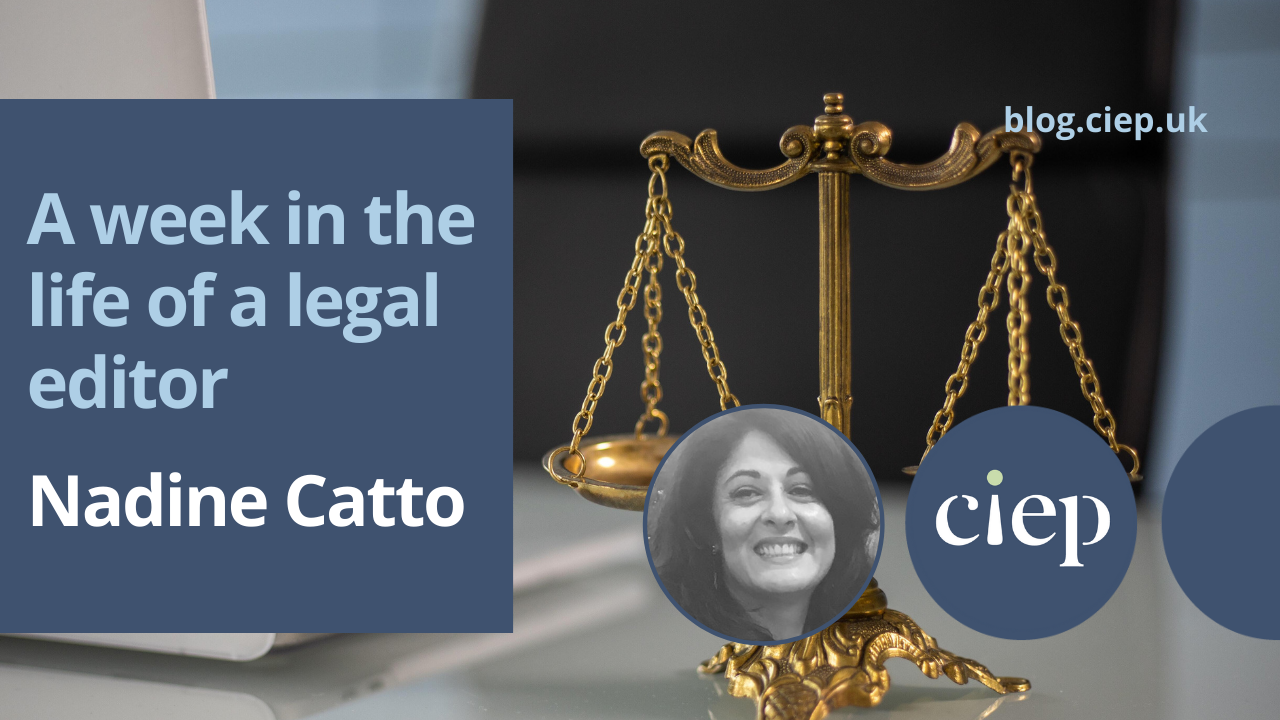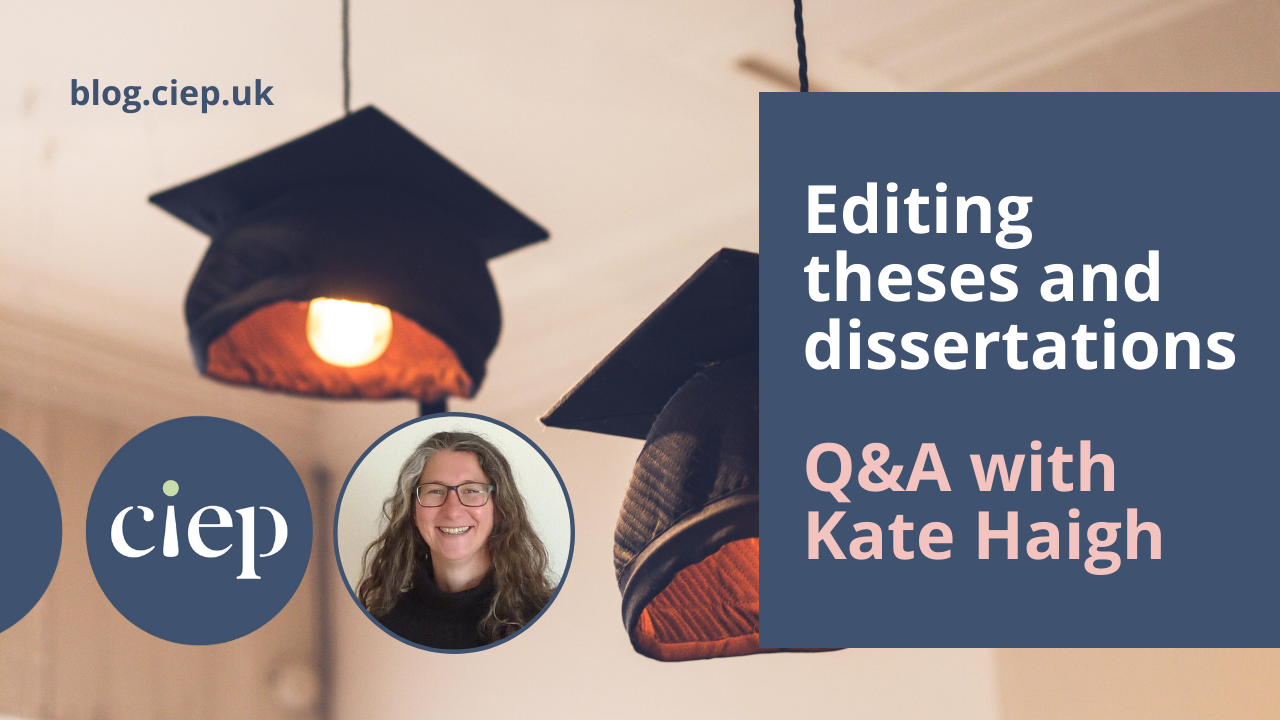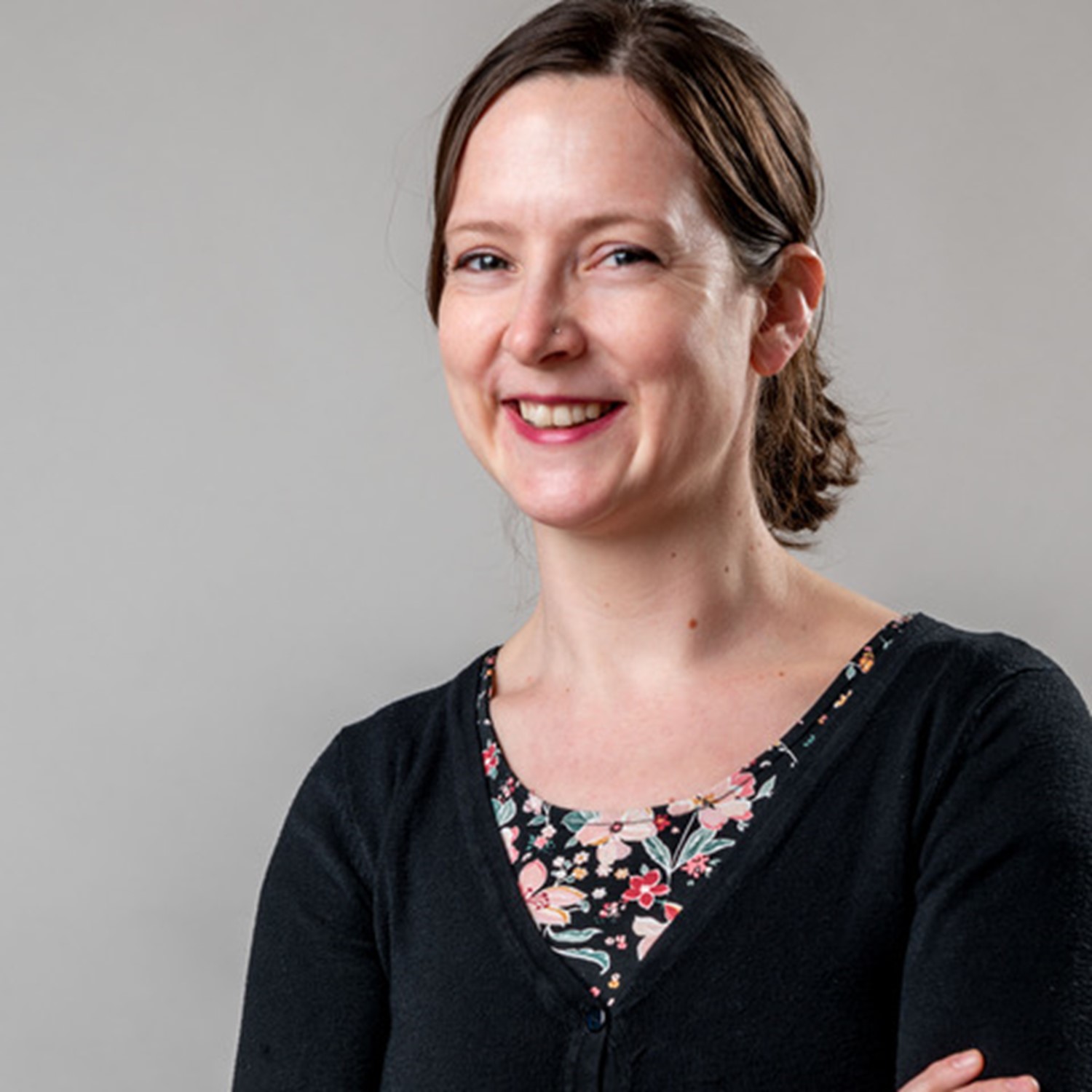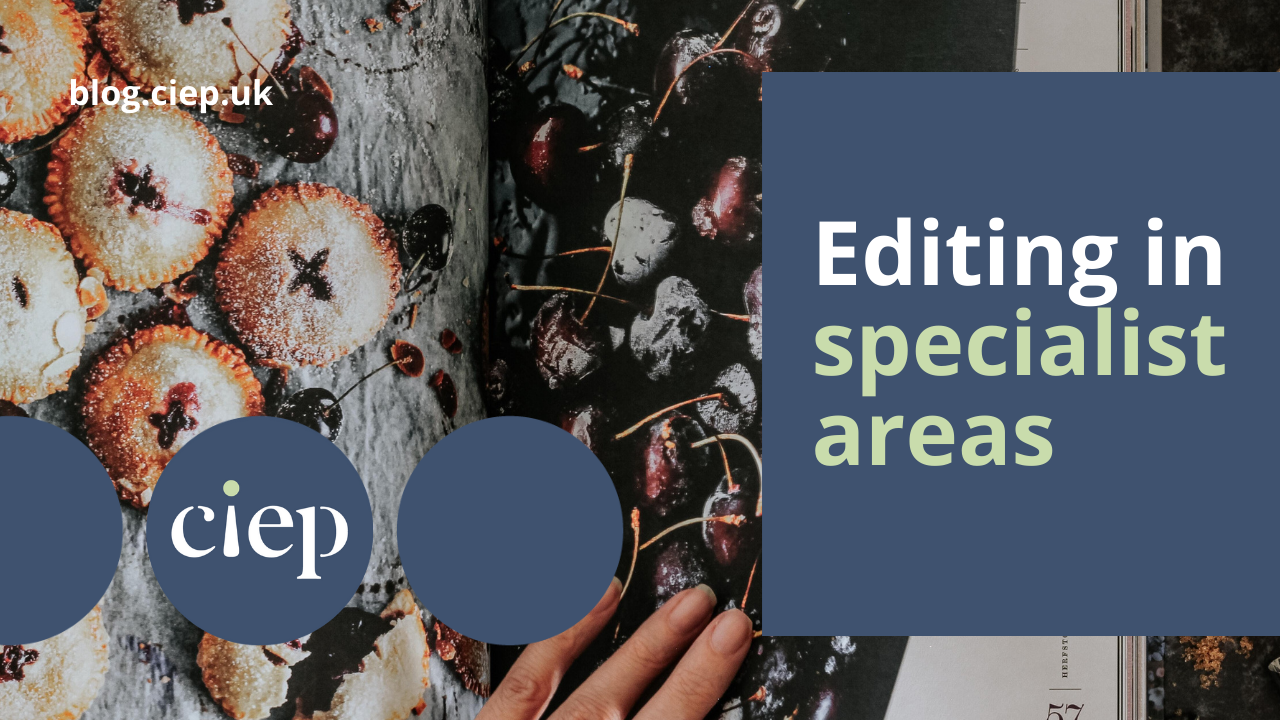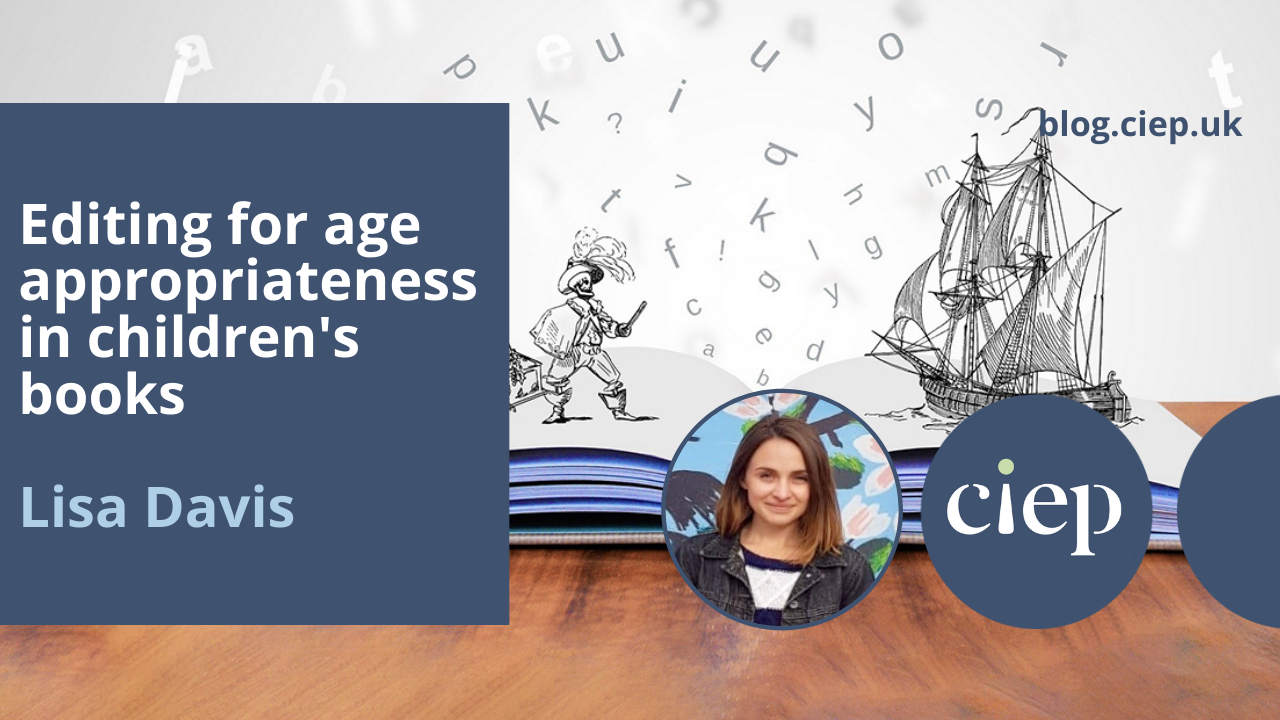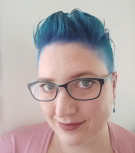Margaret Hunter specialises in editing all sorts of texts for organisations and businesses. Here she gives an insight into the particular editing requirements for regular and repeated publications, such as journals and series, and shows how both editors and their clients can benefit from efficient editing practices.
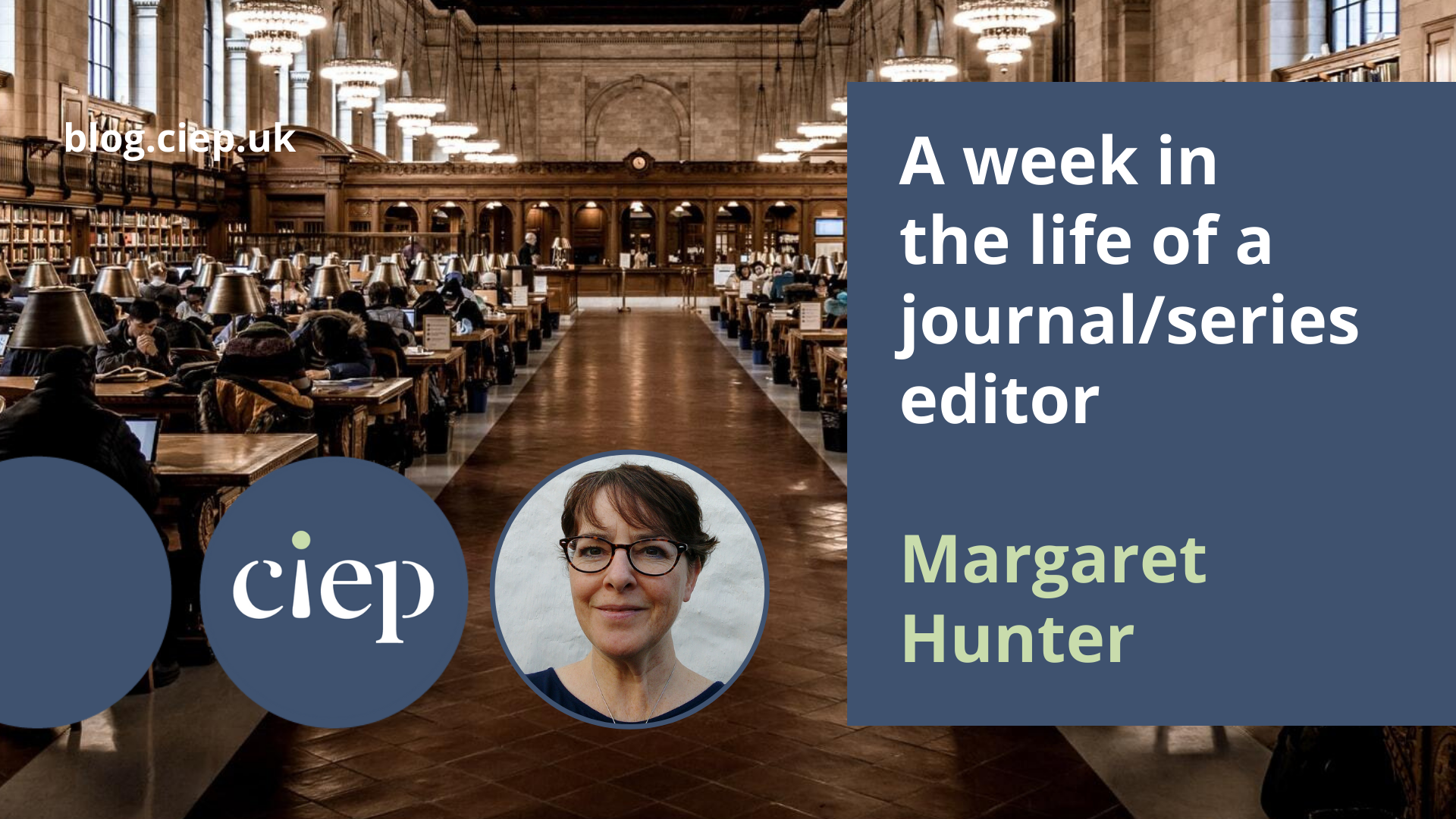
Editing recurring publications: how to ensure consistency and edit quickly and efficiently
OK, so editing articles for a journal or series usually takes more than a week (usually two for mine), but here’s a snapshot of how I tackle this sort of work. I can, of course, talk only about the titles that I work on, and you may find yourself working to different requirements, but I hope I can pass on some useful general insights and tips that will help you edit recurring publications efficiently and quickly.
What do editors and proofreaders need to do when editing journals and series? Does it require a different approach from editing other types of text? With multiple authors (meaning multiple approaches to the text) how do you judge what to change and what to leave? What working practices, tools and tips help you to be efficient and accurate? How does that make you a valued editor that clients will want to use again?
In this article I’ll talk about the following:
- Use repetition to your advantage
- My process for editing journal articles
- Process tips for working on journals and series
- Should authors be made to sound the same or is it OK to keep their different writing styles?
- Build in efficiency
- A good mindset for working on recurring publications
Use repetition to your advantage
Working on a journal or a series, by definition, means repetition. A good place to start then is by asking yourself: I’m going to have to do this again, so what will make it easier or more efficient next time?
For me, it’s to break the job down into parts that need different attention, then use tools, checklists and separate editing passes to make sure each part meets the publication’s style, language and formatting requirements.
Crucially, each time I work on a recurring publication I add useful information to my notes and tools, such as solutions to new issues I’ve encountered, new style decisions, improvements to my process, new information from my client, or aha! moments from checking how something’s been done in previous issues.
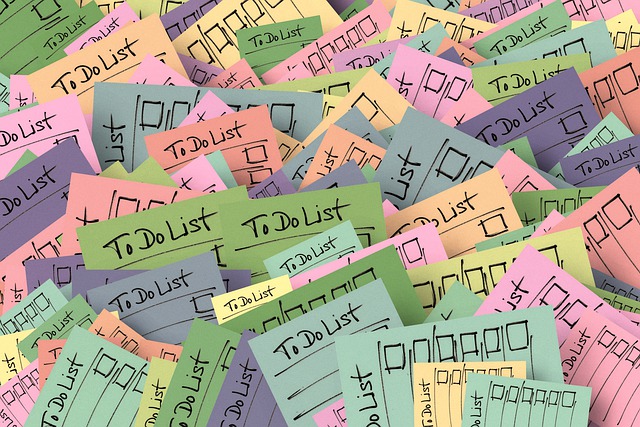
My process for editing journal articles
To give you an idea of what’s involved in this sort of work, here is my typical workflow for a journal issue. Because the quarterly publication schedule is fixed, and I know roughly when to expect the files, I set aside a block of two weeks in my diary in advance so that I can concentrate on the journal work. Over those two weeks, I may do small jobs for other clients too if I can fit them in or they need to be done then.
On average it takes me about 25 hours to complete the following work for each issue. As well as copyediting, I also do the layout in InDesign, so my steps may be different from yours, or your client may have other needs.
- Check I have everything I need
- Basic clean-up (uncontentious changes such as spaces, dashes, removing unwanted formatting and styles)
- Format/add fixed article information
- Consistency and style edit, using PerfectIt, macros and Find and Replace
- Full text edit, plus markup for layout
- Resolve queries with authors
- Final text to layout template
- Send layout proofs to authors for approval
- Finalise and package all to client
- Make any adjustments wanted by client
- Check if I have anything new to add to my notes
What’s your process? Identify the steps you do each time and decide the best order.
Process tips for working on journals and series
Check you have everything when you first get sent the files. Don’t wait until you need an urgent response on a query to check you have the author’s email address, or realise when you’re about to hand off the files that you need a better version of a figure image because the one sent is too small to publish clearly.
Identify your fixed information – details that are always presented in a particular way. Make a checklist or set up a template so that you don’t forget to do this each time – it’s easy to get caught up in the main text and forget the extras. You may have to collate the information from different places, such as the article itself and a separate submission document.
In my journal, there’s a fixed way of presenting information such as the abstract, keywords, author details and declarations of interest, and a fixed order to other chunks of the main text. For example, keywords start lowercase and are separated by commas; full author names are required in the main text, not just initials (but initials are OK in reference lists); and figure and table captions appear above not below them. The authors invariably don’t write it that way, plus they add information that’s never included (such as their postnominals and phone numbers), which I delete.
Get clarity on author contact. My journal client wants me to resolve queries directly with the authors (other clients may want you to go through them, so ask). Usually I’ll fix as much as I can myself and ask only for answers that will enable me to make sensible suggestions where I’m stuck. The authors don’t usually see the edited Word file, though I occasionally send it if I’ve made substantial changes and want to check I’ve retained their meaning, especially if the author is not fluent in English. In most cases, I simply send authors a PDF of the layout proof for approval, with marked queries or comments if needed.
Stay organised – you’ll have your own preferred system but make sure you know which files are originals, which you’ve worked on, which are awaiting answers to queries and which have been approved and are ready to go. I have a tight timeline, so I need to juggle articles that are at different stages in the process. I file things in different folders, and I like to stamp my PDFs as ‘Draft’ and then as ‘Approved’ once I’ve got the author’s go-ahead. I have boilerplate text ready for my emails to authors.
Should authors be made to sound the same or is it OK to keep their different writing styles?
Yes and no. It depends. As, of course, for most types of editing. There’s no definite answer here because it depends on your client’s editorial policy and what type of publication it is. The client may be happy with, or positively encourage, different writing styles – even different versions of English and different punctuation within the same title. Or they may want you to edit so that the authors’ text is changed to conform to the organisation’s particular style or voice.
It’s common with the journals and series I work on to have authors from different countries. That’s interesting! But it also means I need to know how to deal with different writing styles, different conventions on presenting references (macros help!), different tones of voice. That means keeping working on building up my editorial judgement.
In my journal example, I often change quite a lot of what an author has written, but mostly to correct basic grammar and to make it comply with the client’s style requirements. I don’t query these changes with the author. Here are some examples:
- spellings, hyphenation, punctuation and capitalisation (eg removing serial commas; lowercasing job titles)
- style formats (eg removing superscript from ordinal numbers; changing format of references and citations)
- how italic/bold/underline are used (eg bold not italic for emphasis).
I also edit for language choice – either specific language the client wants to use/avoid or language that I think is outdated or unwise. Examples are not describing people by their disease/condition and choosing more conscious options to replace sexist and racist wording. I will usually query such changes with the author, or at least flag them up at proof stage and explain why I’ve made the change.
Build in efficiency
If you’re working on a recurring publication, you’ll probably gain some natural speed and efficiency from familiarity – just by doing the steps time and again. But you can speed that up by building in efficiency from the start, and keeping it topped up.
Also, if you work for lots of different clients, as I do, all with different requirements for their documents, it can sometimes be hard to get back into that headspace at the start of a job. Is this the client who likes to capitalise job titles, or is that the other similar organisation …?
Here are some techniques I use to build editing efficiency and speed. That helps me because it makes my task easier and uses up less of my time. But it also makes me valuable to my clients, because they know they can rely on me to produce consistent work.
Checklists
Create and maintain checklists, for example to check you have all the required content, for the editing tasks you do each time, and for any additional process steps, such as getting author approval or compiling lists of queries and answers.
Project style sheet
Don’t rely on a client’s house style guide. Build your own project/client style sheet and keep updating it as you work. If the client’s house style is lengthy (as some are) you can pull out the main points into your style sheet as a quick reference point. If their house style is meagre or outdated (unfortunately quite common!) use your style sheet to start filling in the blanks and recording the latest decisions. I sometimes forget what decision I’ve made during a job, never mind a couple of months later when the next issue arrives, so I’m thankful when I’ve kept good records.
PerfectIt
As well as your own project style sheet, create a PerfectIt style sheet for that client/publication and run it before you do the full edit. It’s much easier than trying to remember all the specific style requirements yourself each time. You can build in their particular spellings, punctuation, capitalisation, and so on.
Separate passes
Use separate passes for different tasks. It’s usually more efficient and accurate to check some specific things separately than rely on dealing with every style and language point as you come across it in the full edit. It helps make sure that these elements in the text are consistent, because you’re dealing with them all in one go.
For example, do a pass to check that figure and table captions are not only there but are formatted in the correct way (eg sequential numbering; colon, stop or nothing before number?). Do similar passes to check other elements of your text that need consistent treatment: references and citations; fixed information such as abstract, keywords, author details; URLs and hyperlinks; abbreviations and acronyms.
What are the elements in your text that will benefit from separate checking?
A good mindset for working on recurring publications
- Get organised – it will speed up your work and help you be consistent.
- Be adaptable – similar clients/publications can have very different requirements.
- Build in efficiency – with recurring publications, style sheets and checklists are not just useful, they’re essential.
- Ask questions – it won’t just help you do the work in hand; you may be able to plug a hole in the client’s style guidance, identify an inconsistency in how things are being done (especially if you’re part of an editorial team) or help improve the workflow.
Learn more to help you work on journals and series
About Margaret Hunter
Margaret Hunter helps organisations and businesses write effective content and get it online or into print. You can find her at Daisy Editorial, in the CIEP Directory and on LinkedIn.
 About the CIEP
About the CIEP
The Chartered Institute of Editing and Proofreading (CIEP) is a non-profit body promoting excellence in English language editing. We set and demonstrate editorial standards, and we are a community, training hub and support network for editorial professionals – the people who work to make text accurate, clear and fit for purpose.
Find out more about:
Photo credits: library by Patrick Robert Doyle on Unsplash, to do lists by Gerd Altmann on Pixabay.
Posted by Harriet Power, CIEP information commissioning editor.
The views expressed here do not necessarily reflect those of the CIEP.
 About the CIEP
About the CIEP










